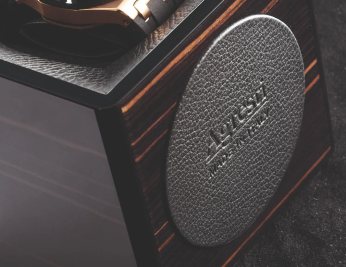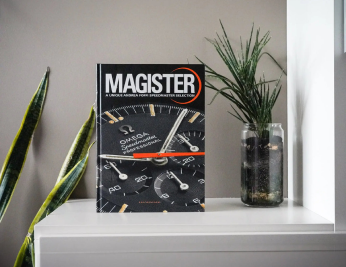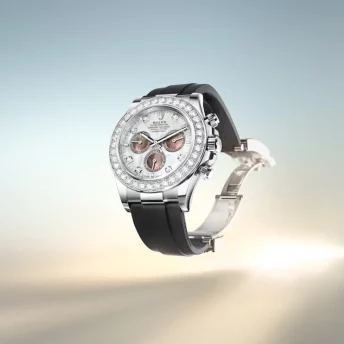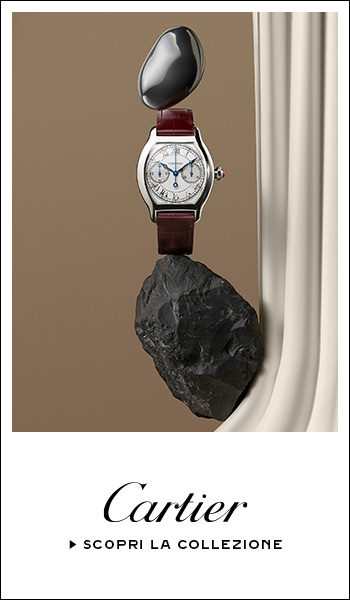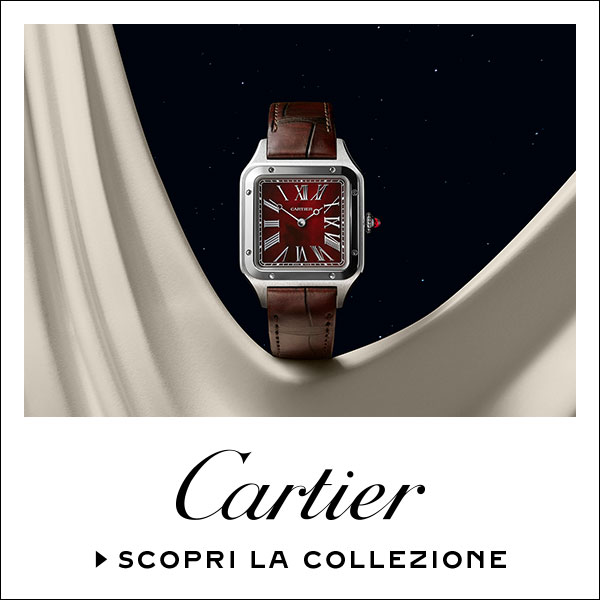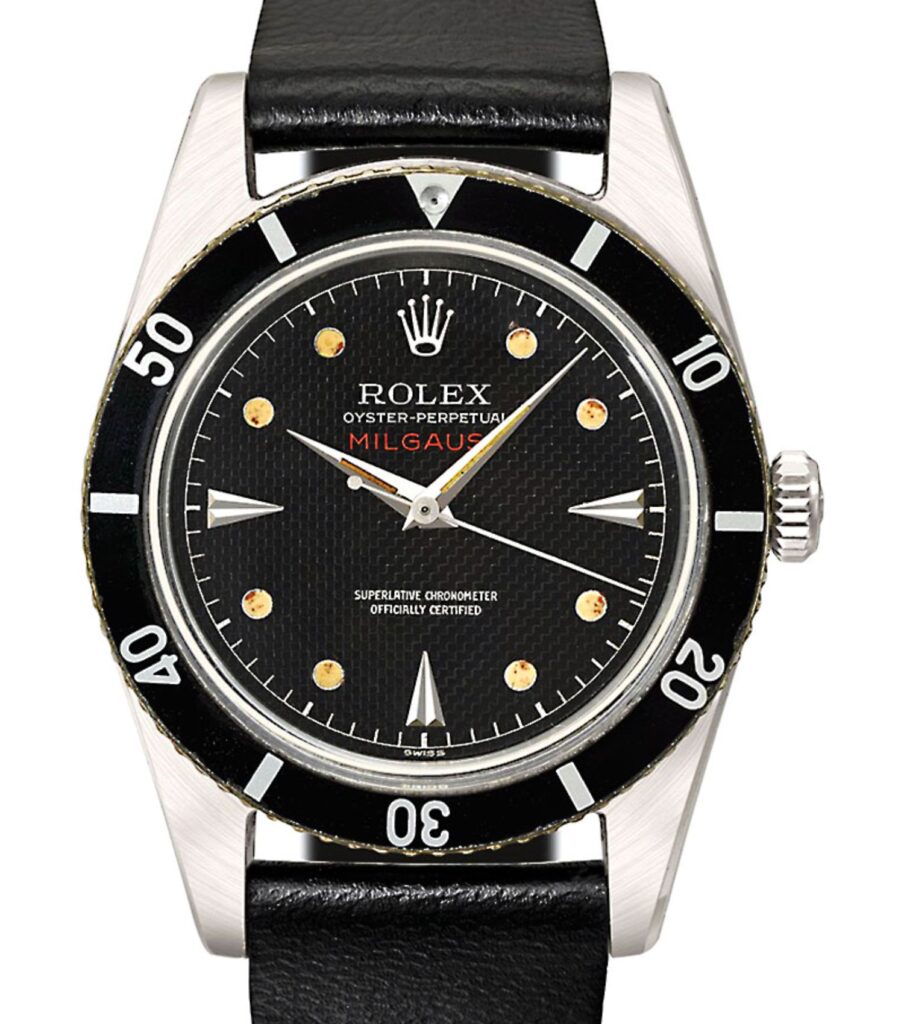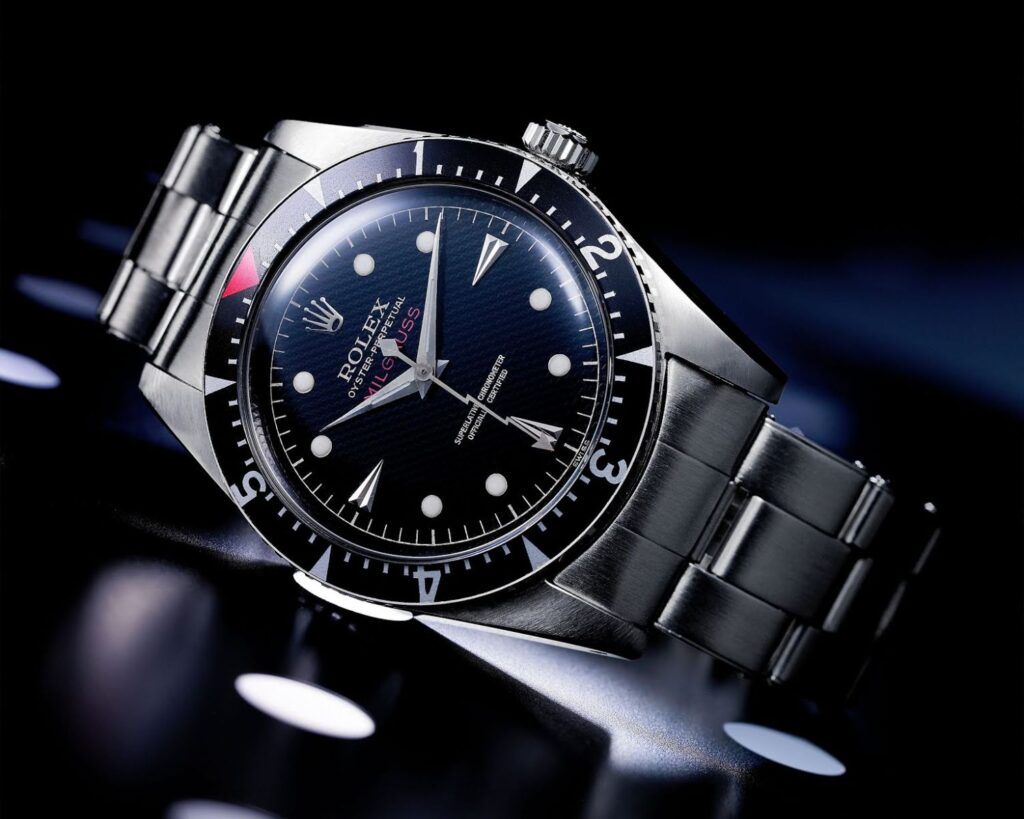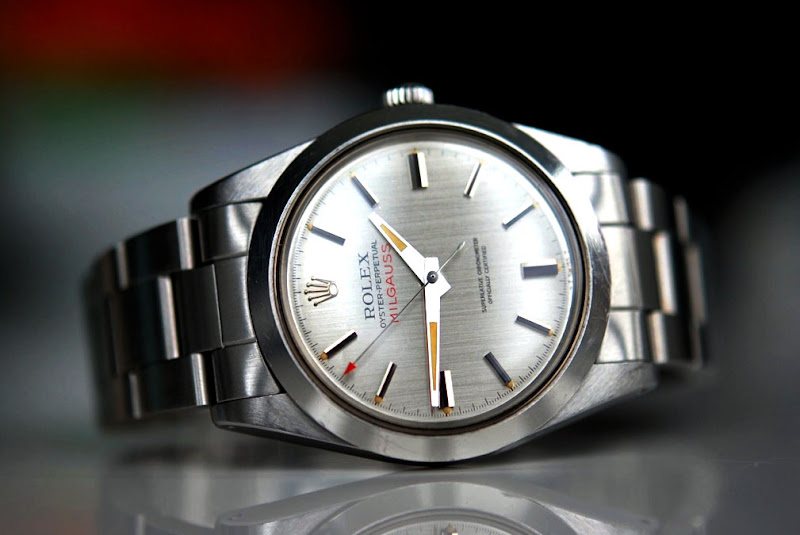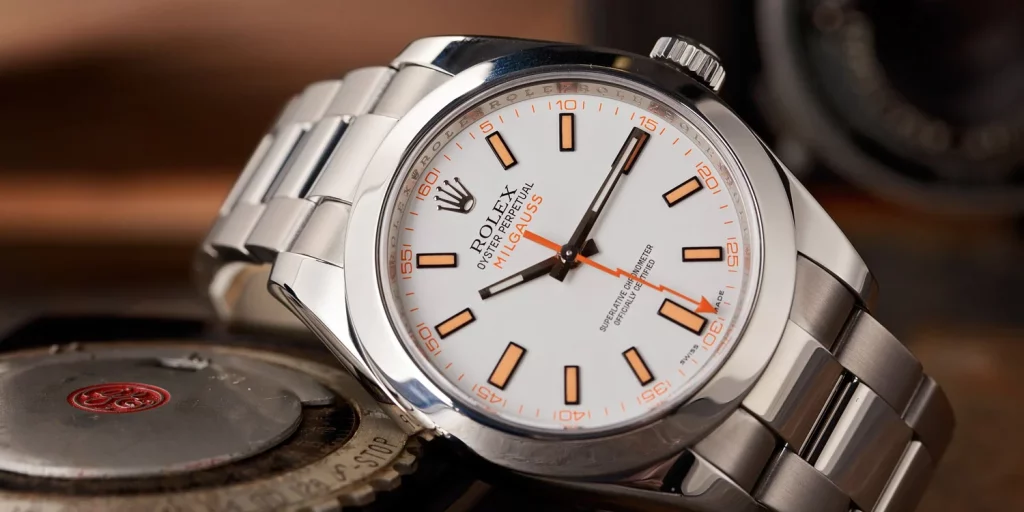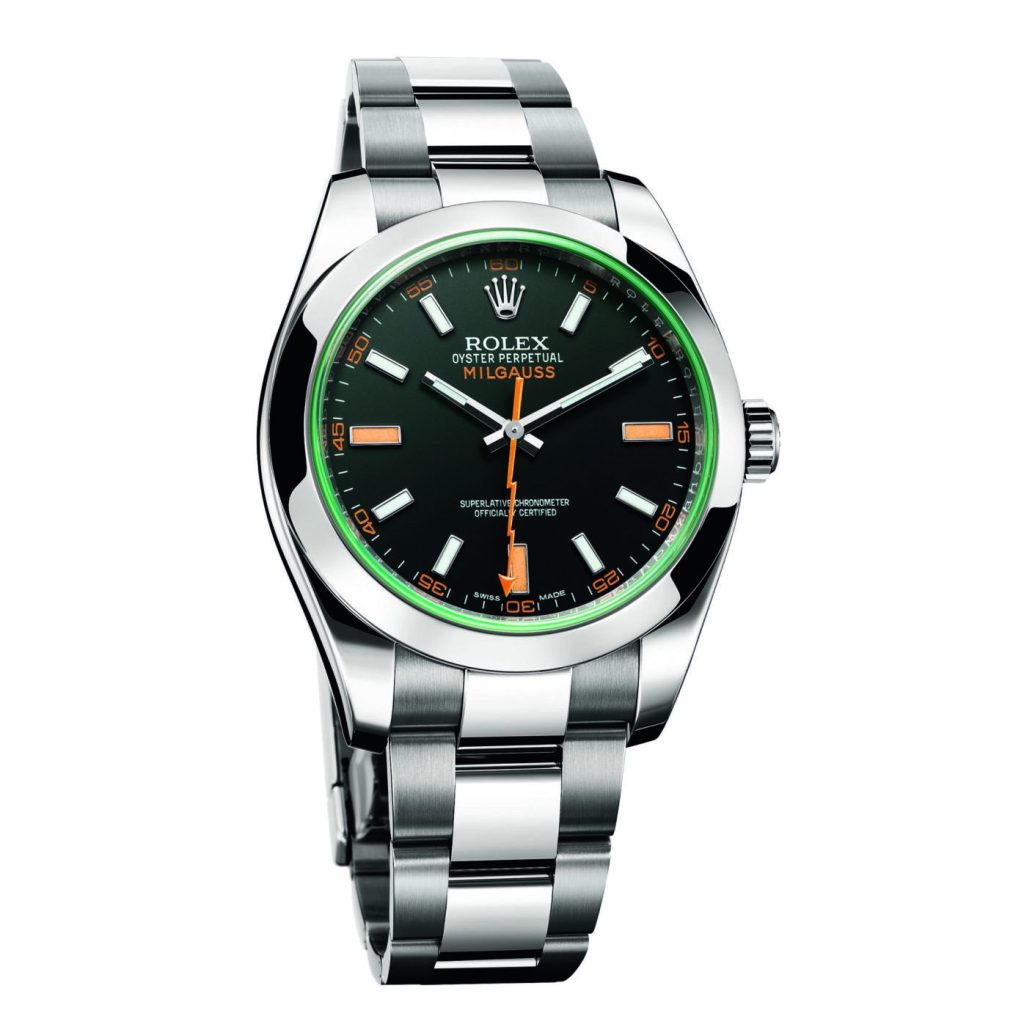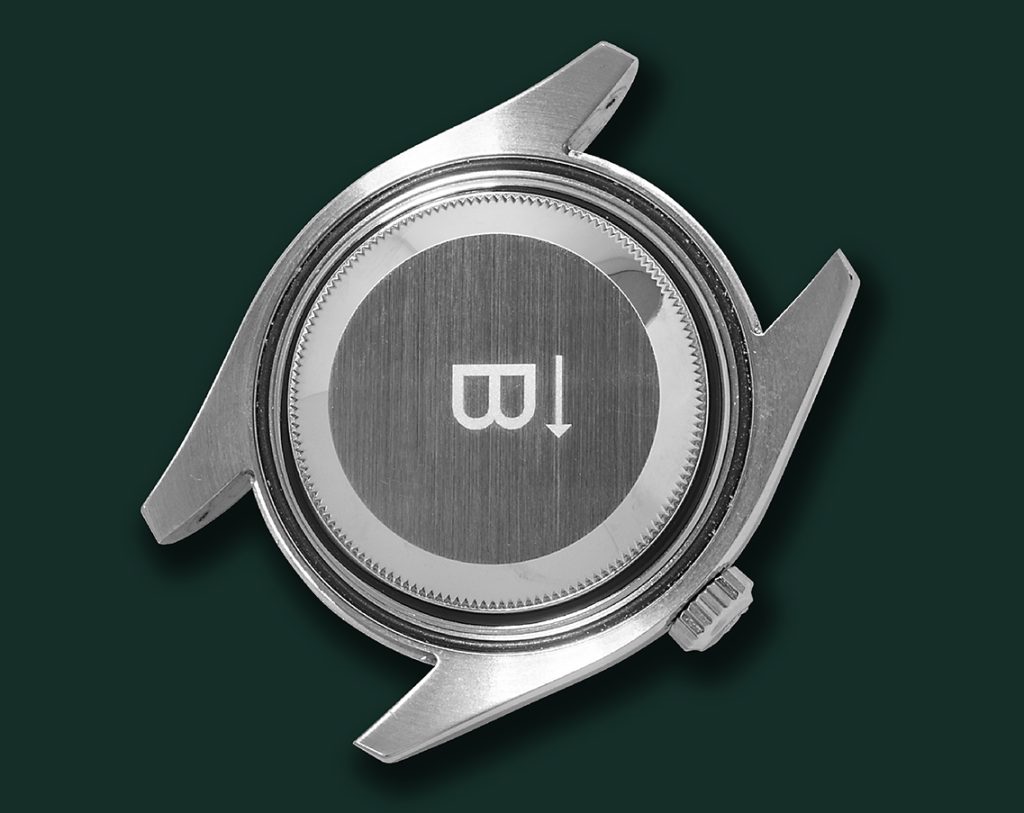Rolex, a brand synonymous with luxury, precision and innovation, has a rich history of creating iconic watches. Among its many iconic models, the Rolex Milgauss stands out as a testament to the brand’s commitment to engineering excellence. Initially designed for professionals working in high-magnetic environments, the Milgauss has evolved over the years, incorporating technological advances and design. In this article, we will explore the fascinating story behind the Rolex Milgauss and its evolution.
The Idea
In the 1950s, the scientific community faced a significant challenge: the increasing presence of intense magnetic fields in laboratories, power plants and other industrial settings. These fields could adversely affect the accuracy of mechanical watches, affecting their precision. Rolex, known for its commitment to meeting the needs of professionals, recognized the need for a watch capable of withstanding magnetic interference.
The Reference 6543
To make the watch anti-magnetic, Rolex initially isolates the movement with a very thick case back and ring, constructed of mild steel with the aim of achieving a “Faraday cage” effect. This solution found application in the first reference 6543, in 1954. Sticking to John Goldberger’s statement, about 100 pieces were produced of this first reference. Aesthetically, it adopts a straight seconds ball and a graduated bezel insert, similar to what Submariners were fitted with. Later the characteristic insert with triangular hour markers would also be introduced. The dials, on the other hand, were either black with a classic finish, or with “honeycomb” machining.
The Reference 6541
So it was that in 1956, the crowned house introduced the second generation of the Milgauss: the reference 6541. The watch featured a Faraday cage, a unique protection made of ferromagnetic alloys that preserved the movement from magnetic fields up to 1,000 gauss (hence the name “Milgauss”). This is a very high value considering that an ordinary watch is already subject to inaccuracies when subjected to only 60 Gauss.
The famous thunderbolt seconds hand, one of the most distinctive ever built by Rolex, is introduced. In addition, the rotating bezel has alternating triangle indicators with Arabic numerals ranging from 1 to 5, probably a gimmick used by Rolex to further differentiate the Milgauss from Submariner and GMT that were being launched in those same years. The calibres used were the 1080 and the 1065.
In the following years, due to poor commercial results, Rolex decided to eliminate the rotating bezel and replace it with the classic smooth bezel with which the Milgauss was equipped until 2022.
The Reference 1019
In the early 1960s Rolex introduced the reference 1019, with a totally different design than its predecessors. The bezel becomes smooth, the dial (also smooth) can be ordered silvered or black. The seconds sphere returns to being straight, with a red arrow at its end, and the movement is the new 1580 derived from the famous 1530.
The 1019 remained in production for about 25 years, during which time minor changes were made to the dial from the standpoint of finish and font. In about 30 years of production the Milgauss was not successful, as it was too specialized a model and intended for too specific a sector.
The Rebirth
Due to poor approval, the watch was taken out of production until 2007, when Rolex introduced the new reference 116400 at Baselworld.
The case is increased from the 38mm of previous models to 40mm, and the thunderbolt seconds ball (orange in color) is reintroduced. The new caliber 3131 is also fitted.
The dials are available in a white, or black version with classic sapphire crystal and a black or BluZ version with the innovative green glass. (In this case the reference is 116400GV).
Un paio di curiosità…
Si dice che questo vetro sia talmente difficile da replicare che Rolex abbia evitato di serigrafare la corona a ore 6 del vetro stesso (uno dei particolari introdotti per scoraggiare la produzione di falsi).
Un dettaglio importante è sul fondello in acciaio dolce (visibile all’interno), dove è presente una “B con vettore”, simbolo che, nell’elettromagnetismo, rappresenta il campo magnetico.
Il mercato
L’insuccesso del Milgauss nel tempo, ha reso al giorno d’oggi le referenze 6543 e 6541 dei veri e propri orologi da collezione, difficilmente reperibili se non nelle più famose aste internazionali.
Per fare un esempio nel 2012 Christie’s ha battuto un 6543 a 171.000 CHF* – circa EUR 150.000 (stima iniziale tra 40.000/60.000CHF). Nel 2013 invece, un 6541 è stato battuto a 317.000 CHF* – circa EUR 277.000 (stima iniziale tra 80.000/120.000CHF).
*(I prezzi comprendono tasse e diritti d’asta)
Le referenze 1019 e 116400/116400GV sono invece molto più semplici da trovare sul mercato.
Il 1019, nello specifico, si aggira intorno ai 25.000€, mentre la referenza 116400 si può trovare a partire da 8.000€ fino ad arrivare a 12.000€, a seconda della configurazione scelta.

